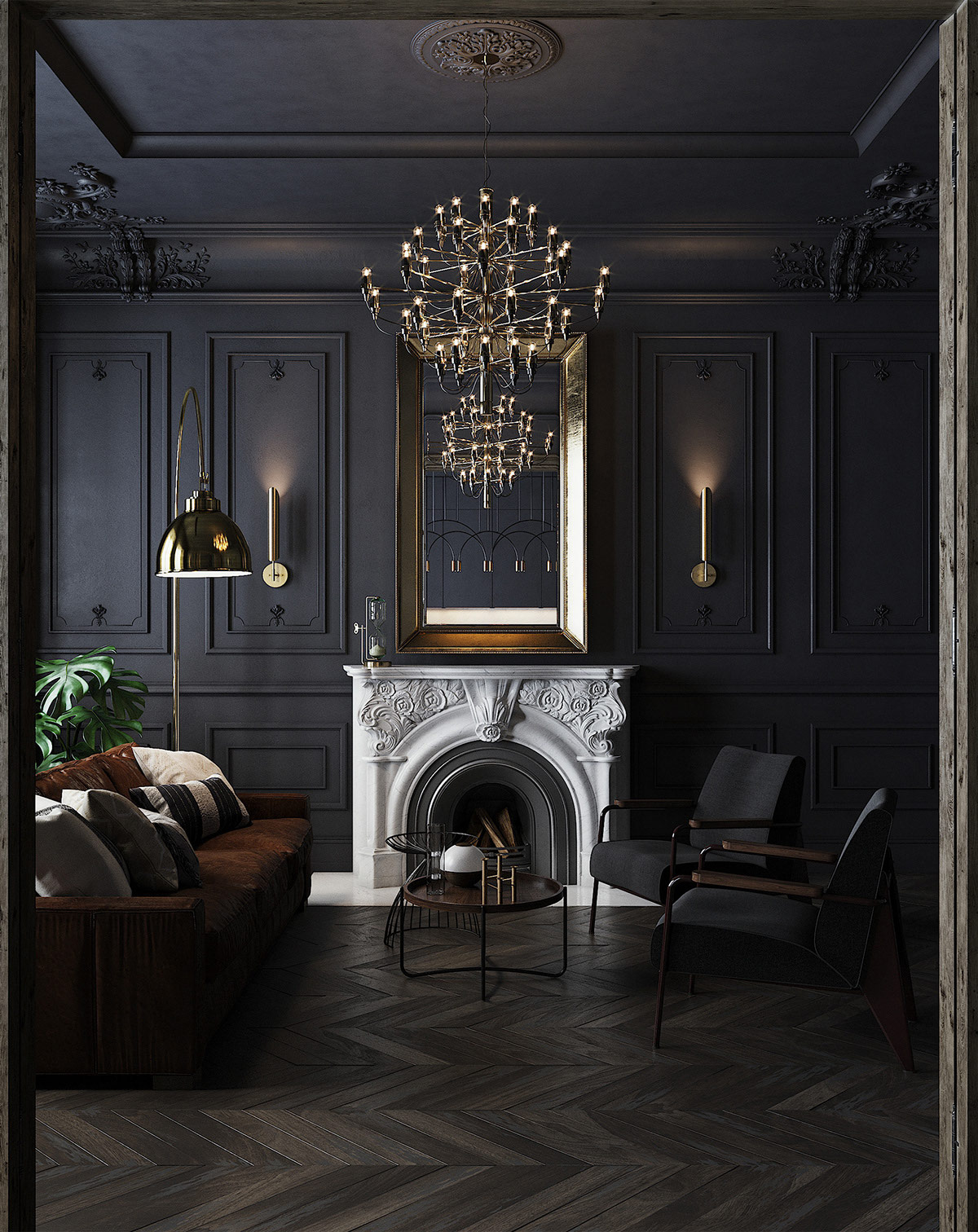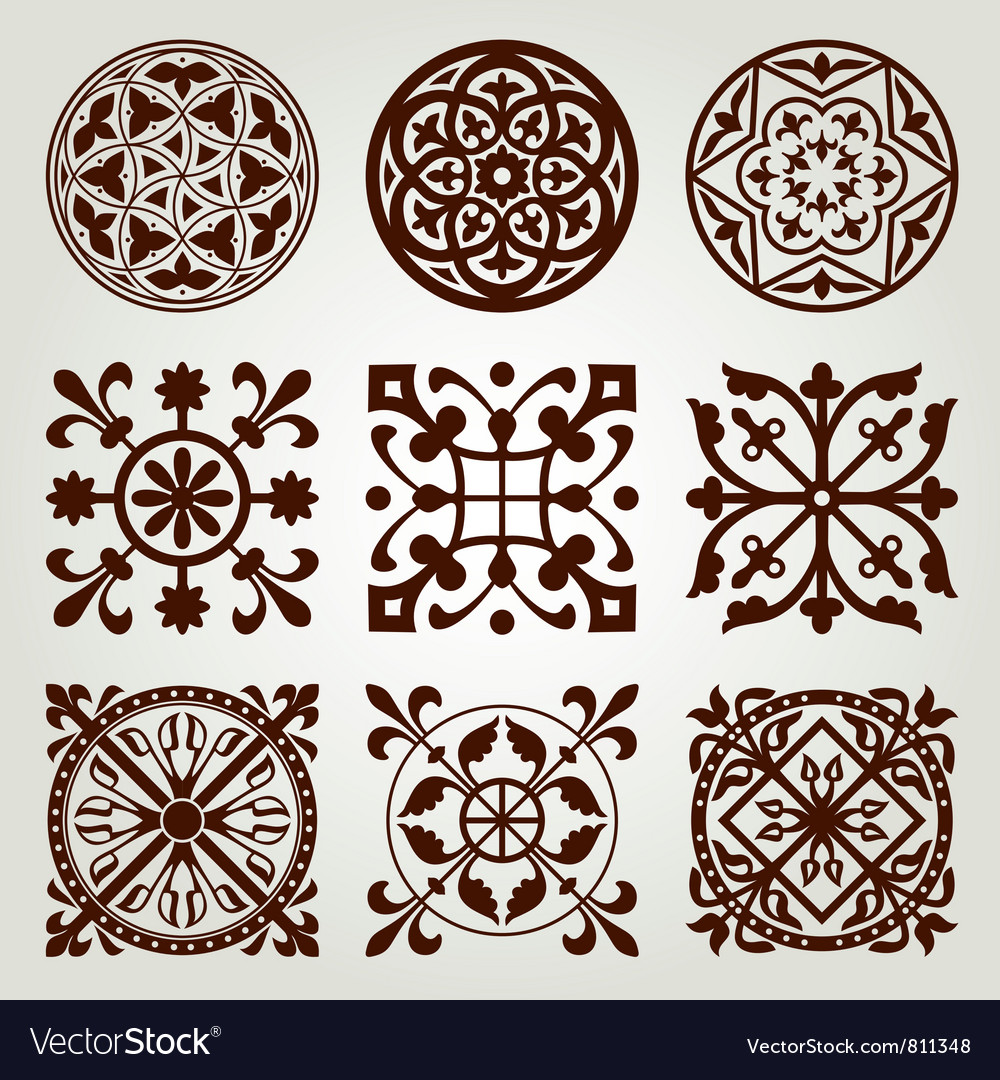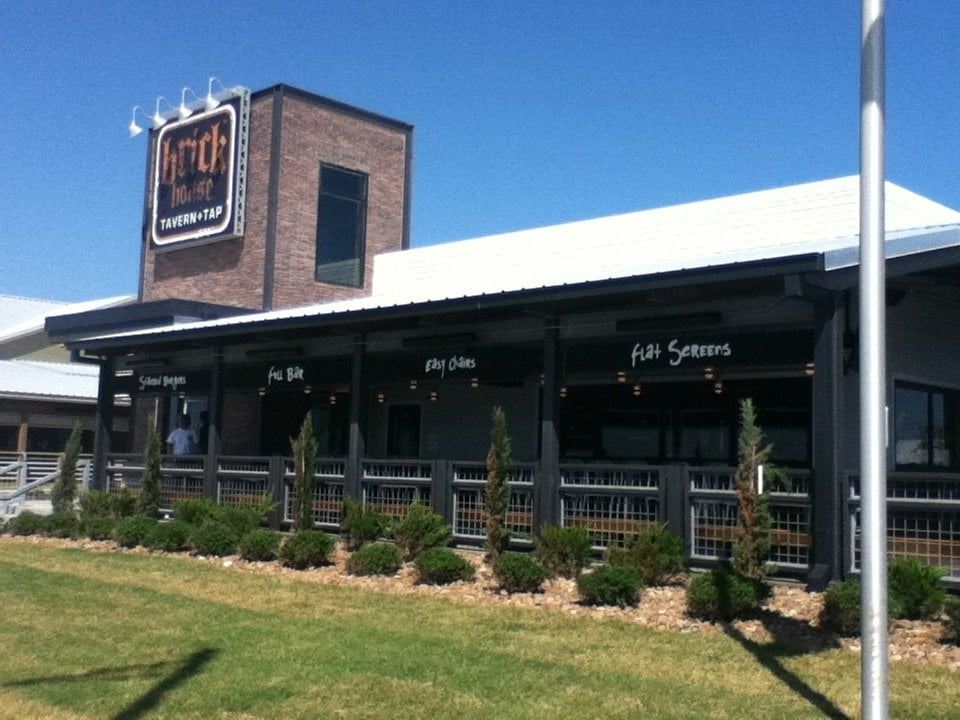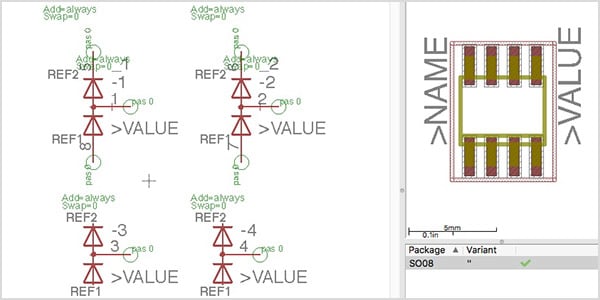Table Of Content

Three facades of the Cathedral are decked with biblical narratives, with the sculptures being the spokesperson. The cathedral also features a labyrinth in the interiors that dates back to Greek mythology. This was designed by the architect Daedalus for destroying the Minotaur monster who fed on the children of Athens. 'Gothic interior design embraces the drama and romance of the medieval era while creating comfortable and inviting environments for modern living. León is a city located in northern Spain and was once the capital of the powerful Kingdom of León. Construction of the cathedral started in the final stages of the Kingdom of León, in the early 1200s.
The Origins and Evolution of Gothic Architecture
10 Best Gothic TV Shows, Ranked - Collider
10 Best Gothic TV Shows, Ranked.
Posted: Tue, 31 Oct 2023 07:00:00 GMT [source]
Bag opportunities along with professional certification, endless career possibilities and upskilling. 'Richly carved woodwork takes center stage in Gothic interiors, adorning features such as doors, mantels, and staircases with intricate patterns and motifs,' explains Laura. Original Gothic homes feature a lot of ornately carved woodwork, from wall paneling and moldings to fireplace designs. 'The dark colors are often complemented by accents of gold, silver, and jewel tones, adding a touch of luxury and vibrancy to the space. While the overall ambiance is dark and moody, strategic use of candlelight and ambient lighting can enhance the drama and create a mesmerizing effect,' she adds.
What are the iconic examples of Gothic architecture around the world?
Today we have learned that Gothic architecture first arose in the High and Late Middle Ages in Europe. It started in the 12th century and was at its prime until the 16th century, but it continued to flourish in some areas into the 17th and 18th centuries. Florence Cathedral is also one of the largest churches in Italy and until recent developments in architectural materials, the dome was the largest in the world in its time. To this day, however, it still remains the largest dome ever constructed out of brick. The archbishop of the cathedral is Giuseppe Betori and it is the mother church of the Archdiocese of Florence.
Festoon: A Timeless Motif in Decorative Arts
It's all about how you style the space, and the color and textures you pair with these moody hues. From playing with light to introducing eye-catching finishes, you can really add a personal touch. Sign up for our mailing list to get updates on our latest articles and other information related to Architectural History. The choir (sometimes excluding the surrounding ambulatory and chapels) belonged to the diocese, while the nave, transept, and aisles, in contrast, were used for secular gatherings. There are several actions that could trigger this block including submitting a certain word or phrase, a SQL command or malformed data. Chicago, Illinois's Tribune Tower is a 463-foot-tall skyscraper built between 1923 and 1925.

Another purpose was to strike fear in the ill-educated peasants and scare them into the gothic cathedral or church. A primary feature of many religious structures, ample archways can be found in most Gothic churches and cathedrals. Rather than the wide, rounded arches characteristic of Romanesque buildings, however, architects working in the Gothic style adapted the tall, thin pointed arches found in Islamic architecture. The Gothic style evolved from Romanesque architecture, a medieval aesthetic characterized by arches, vaulted ceilings, and small stained glass windows. The Gothic style extended beyond architecture into various decorative arts, including sculpture, stained glass, tapestries, and illuminated manuscripts.
Flamboyant Gothic architectural elements, 1350–1550
Gothic vs Romanesque architecture differs in that Romanesque arches are rounded, whereas the new Gothic style incorporated pointed arches instead. Despite an initial rapid start in 1386, with half of the cathedral being built by 1402, a lack of available funds put a major obstacle in the path of further construction efforts. The Milan Cathedral is situated in Milan, Italy, and is yet another example of a Gothic cathedral that took hundreds of years to complete, more than 600 years in fact. Designed by architects Donato Bramante and Giovanni Antonio Amadeo, construction on the Gothic cathedral began in 1386.
Design A Dark Castle And I'll Tell You Which Gothic Literature Character Matches Your Energy - BuzzFeed
Design A Dark Castle And I'll Tell You Which Gothic Literature Character Matches Your Energy.
Posted: Thu, 25 May 2023 07:00:00 GMT [source]
When the four-part rib was introduced, a standard design could be applied to all of the columns or piers. A central core design became popular in the High Gothic period, wherein several slender colonettes would connect the vaults to a centrally positioned core. Gothic architecture emerged in 12th-century France as a distinct style that spread across Europe until the 16th century. It evolved from Romanesque architecture and was initially called “French Work” (Opus Francigenum). The most defining characteristic of Gothic architecture is the pointed arch, an element borrowed from Islamic architecture that was also used in vaults and windows.
Principles of Art – Understanding the Principles of Design in Art
Britain, Germany, and Spain produced variations of this style, while Italian Gothic stood apart in its use of brick and marble rather than stone. Late Gothic (15th-century) architecture reached its height in Germany’s vaulted hall churches. Other late Gothic styles include the British Perpendicular style and the French and Spanish Flamboyant style. It was also influenced by the necessity of many churches, such as Chartres Cathedral and Canterbury Cathedral, to accommodate growing numbers of pilgrims.[24] It adapted features from earlier styles, such as Islamic architecture.
Though its roots are French, the Gothic approach can be found in churches, cathedrals, and other similar buildings in Europe and beyond. Gothic art, the painting, sculpture, and architecture characteristic of the second of two great international eras that flourished in western and central Europe during the Middle Ages. Gothic art evolved from Romanesque art and lasted from the mid-12th century to as late as the end of the 16th century in some areas.

It includes all of the classic Gothic features, including flying buttresses, rib vaults, rose windows, and pointed arches. By using these new structural elements, Gothic architects were able to design and build structures that were higher and allowed in more light than the structures that came before. The primary design principles in Gothic architecture focused on creating tall, light-filled structures to inspire transcendence.
The nave is higher with vaulted ceilings, large windows, and clerestories that let the natural light inside. The buttresses supported the weight, as a result, this allowed the buildings to be taller, with thinner walls and wider windows. Gothic architecture evolved from the Romanesque architectural style as the demand for bigger, taller churches grew. The key elements of Romanesque buildings, like rounded arches, simply could not support them, so architects had to experiment with new solutions. Many early designs combine Romanesque and Gothic architectural styles to the extent that it's difficult to identify them clearly as one or the other.
Three successive phases of Gothic architecture can be distinguished, respectively called early, High, and late Gothic. Illuminated manuscripts, combining religious texts with painted illustrations, became a noted feature of the International Gothic style, centered around the University of Paris. Pucelle’s naturalistic treatment included three-dimensional space, sculptural modeling of the human figure, and precisely observed details.
Underlining ornamentation and conceptualisation, Gothic architecture became an influential movement. The distinctive character of this genre continues to stay prevalent from the Middle Ages. In the German city of Munich, when city officials had to build a new town hall in the 19th century, they decided to go with a Neo-Gothic Design.
The prodigious use of gold leaf, lapis lazuli, and expensive lacquer, indicate the high status of this altarpiece, commissioned by the Cathedral of Siena, and dedicated to the city’s patron saints. The 19th century witnessed a resurgence of interest in Gothic design, known as the Gothic Revival. This period saw architects and designers draw inspiration from medieval Gothic, infusing contemporary structures and objects with historical elegance. The revival was not merely an imitation of the past but a reinterpretation that blended Gothic elements with modern sensibilities. The architects sought to maximize the internal dimensions of the cathedral in order to bring in more light and reach for the heavens. It has unfortunately lost most of the original stained glass, but due to the beauty and quality of its 13th-century architecture, it was listed by UNESCO as a World Heritage Site in 1981.
Though it originated in the Middle Ages, the one-of-a-kind genre continues to captivate today, as evident in some of Europe's most beautiful buildings. Following on and expanding the Romanesque practice, Early Gothic churches also employed sculpture to decorate the building. Religious scenes were carved into the tympanum over the doorways, and the surrounding archivolts and lintels were filled with figures.














